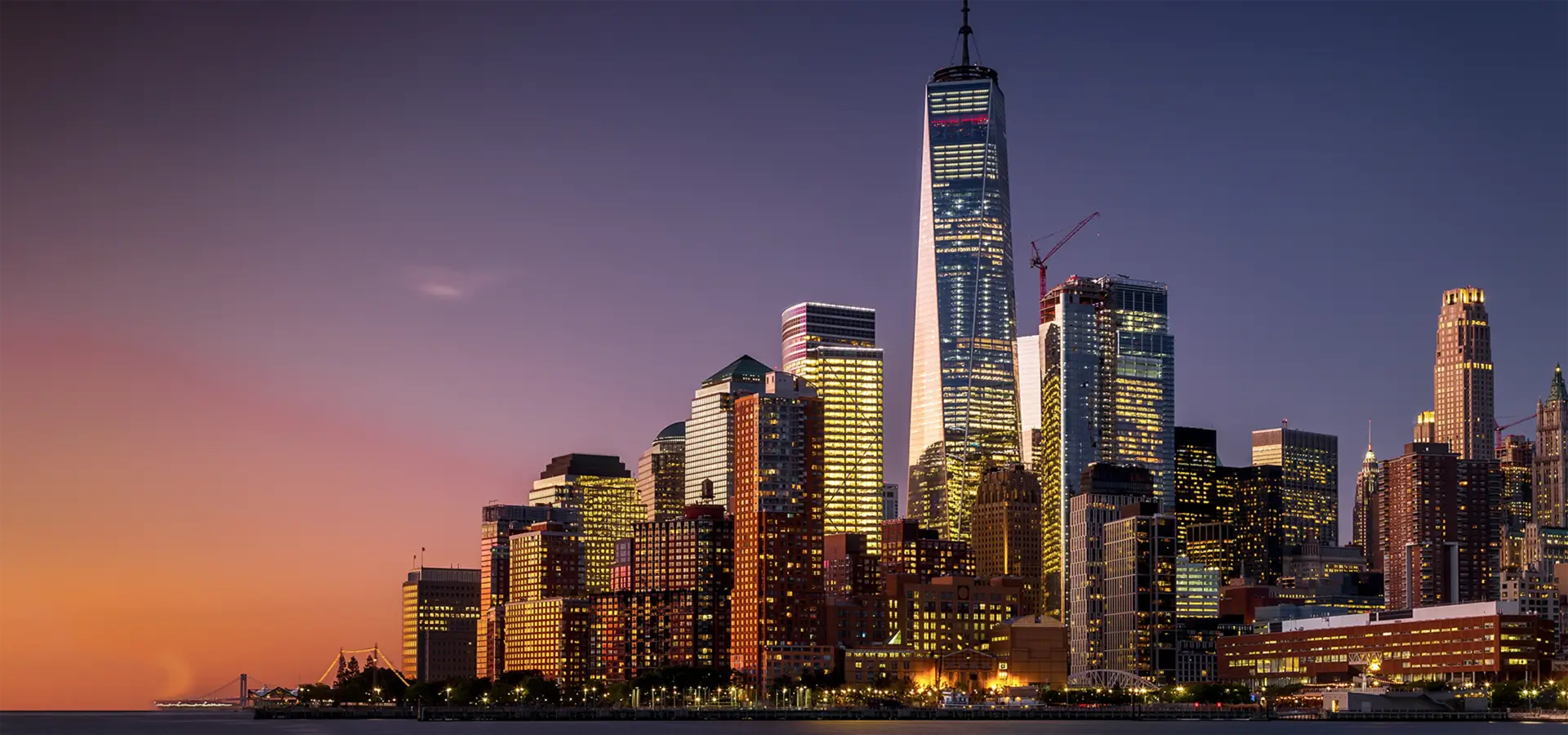

The Evolution and Applications of Float Glass
Float glass, also known as flat glass, is a significant innovation in the glass-making industry that revolutionized the way glass is manufactured and utilized in modern architecture and various industrial applications. The process of creating float glass was first developed in the 1950s by Sir Alastair Pilkington, leading to a method that allows for the production of high-quality sheet glass with a smooth and uniform surface. This article will explore the float glass process, its advantages, and its various applications across different sectors.
The Float Glass Process
The float glass manufacturing process involves a unique technique that produces glass sheets with a thickness that can be controlled to meet various specifications. The process begins with melting raw materials such as silica sand, soda ash, and limestone at high temperatures in a furnace. This molten glass is then poured onto a surface of molten tin. The lower density of glass compared to tin allows the glass to float, hence the name “float glass.” As the glass floats on the tin, it spreads out and forms a flat surface, eliminating the need for grinding and polishing.
Once the glass has reached the desired thickness, it is gradually cooled in a controlled manner, a process known as annealing. This cooling stage ensures that the glass obtains uniform thickness and reduces internal stresses. Finally, the glass is cut into sheets of varying dimensions and inspected for quality. This whole process produces glass sheets that are not only aesthetically pleasing but also structurally sound.
Advantages of Float Glass
The advantages of float glass are numerous
. One of the primary benefits is its superior optical clarity, which makes it ideal for applications where vision and light are crucial. The glass surface is free from distortions and bubbles, offering a high level of transparency. Additionally, the production process allows for consistent thickness, which is vital for applications that require precise measurements.
Float glass is also highly versatile and can be manufactured in various sizes and thicknesses. This adaptability means it can cater to a wide range of applications, from building windows to glass doors and furniture. Furthermore, float glass can easily be treated or coated to enhance its properties. For instance, it can be tempered for increased strength, laminated for safety, or coated with low-emissivity (low-E) materials to improve energy efficiency.
Applications of Float Glass
Float glass is widely utilized in the construction industry. In residential and commercial buildings, it serves as the primary material for windows and facades, allowing natural light to enter while providing insulation and temperature regulation. The aesthetic appeal of clear, smooth glass enhances the overall architecture, making it a top choice for contemporary designs.
Beyond architecture, float glass finds applications in the automotive industry, where it is used in the manufacture of windshields and side windows. The ability to produce large, seamless sheets of glass makes it a practical choice for automobiles, improving visibility and safety.
The electronics industry also benefits from float glass, with its use in screens for televisions, smartphones, and computer monitors. The high transparency and smooth surface of float glass enhance the performance of electronic displays, providing clearer and more vibrant images.
In conclusion, float glass is a remarkable material that has transformed various industries, particularly construction and automotive. With its superior properties, adaptability, and aesthetic qualities, it remains an essential product in modern manufacturing. As technology advances, the applications of float glass will likely expand, continuing to play a pivotal role in innovation across multiple sectors. Whether in the form of sleek building facades or high-tech screens, float glass is undeniably a fundamental element of contemporary life.